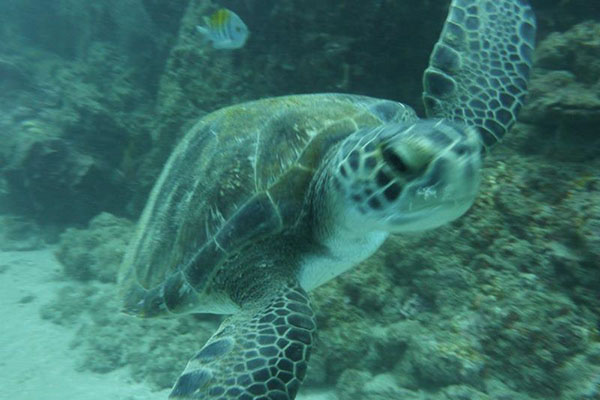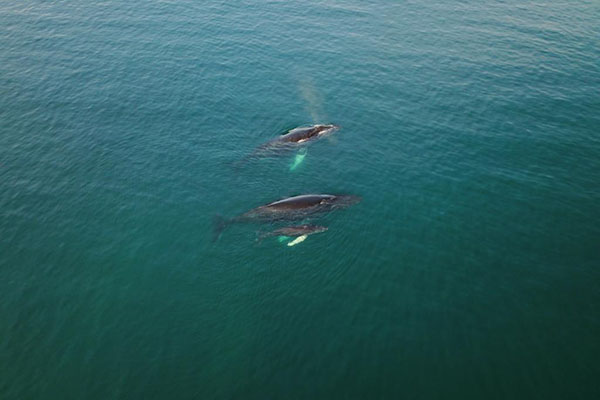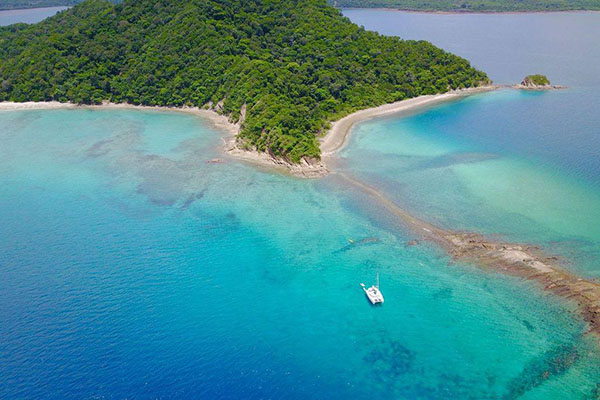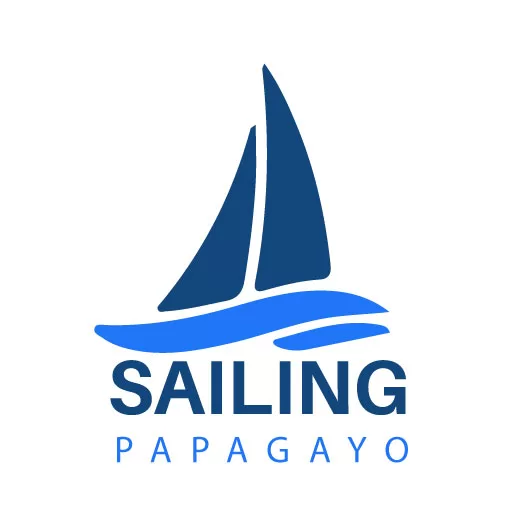
During our private Papagayo catamaran sailing charters, it is quite common to see many species of marine wildlife, because Costa Rica and Guanacaste are dedicated to the conservation of their natural resources.
Along the Papagayo Peninsula, as well as adjacent Culebra Bay, it is quite common to see dolphins, various species, as well as sea turtles, also of different species.
It is also very common to see species of sea birds, such as the Booby, which sometimes even lands on deck and creates a spectacle for the guests on board.
During the snorkeling sessions, which are usually carried out in the vicinity of a rocky reef, or an islet, it is very common to see many species of coral fish, and not only several species, but in schools still populous and healthy.
Eels, rays, rays, sea urchins, starfish, crabs and mollusks and many species of fish (surgeonfish, blue diamond, butterflyfish, emperor, parrotfish, etc.) are very frequent and easy to observe.

The most attractive fauna are the whales, especially humpback whales, which can be observed in large groups or individuals during the months of August, September and October, and again during January and February.
Undoubtedly these provide a very impressive show, due to their aquatic acrobatics.
So, summing up all the above mentioned points, it is fair to say that Guanacaste and Papagayo provide an ideal setting for those who are nature lovers, and we guarantee that trying to see as many species as possible is one of our priorities.

While it is true that the coast of the Papagayo Peninsula and other adjacent regions have plenty of high quality hotel development, it is also true that the coastal marine areas have been respected, knowing that polluting the landscape also affects the quality of stay for customers.
In addition to that, there are still many coastal areas that are totally uninhabited and natural, either because of the impossibility of building, or because of environmental legislation.
This means that fauna species still find abundant habitats where they can reproduce and live.
WhatsApp us

